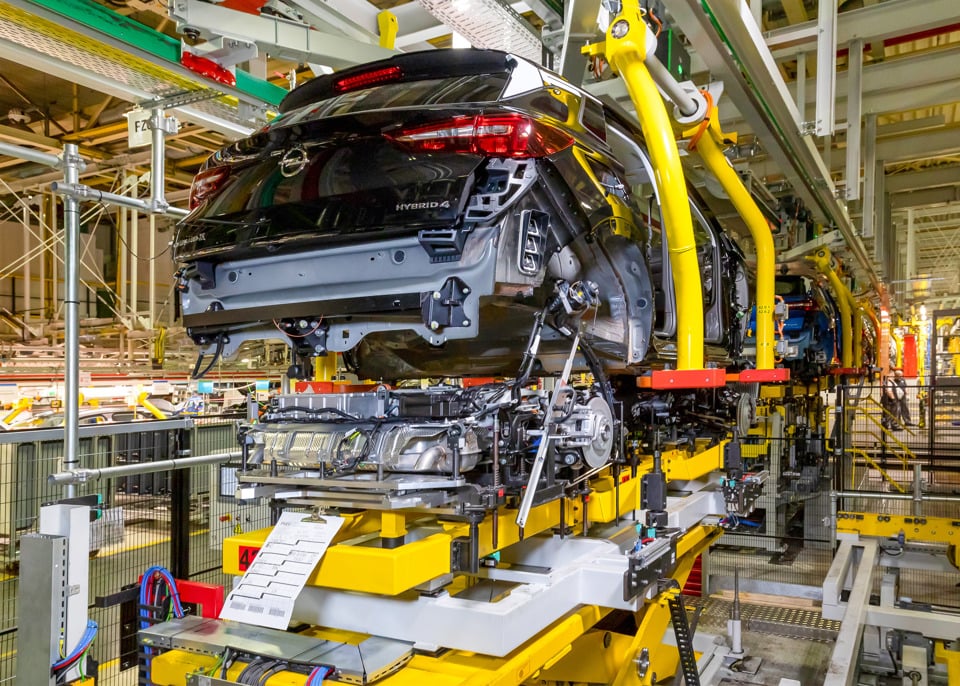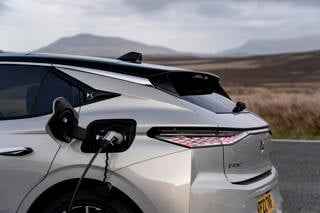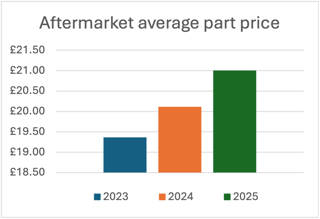Toyota and Stellantis are the latest carmakers to have their manufacturing capacity impacted by component supply shortages as a new report warns that the crisis could continue into 2024.
The Japanese OEM giant has revealed that it will cut its July global plan by 50,000 vehicles – to 800,000 – as semiconductor shortages and COVID-19 supply disruptions continue to impact production, Reuters reported.
Meanwhile, Reuters also reported today (June 23) that Stellantis will halt production at its Rennes plant on July 3 due to a chip shortage.
The ongoing disruption comes as consultancy AlixPartners published a global automotive manufacturing report which suggested supply constraints to continue into 2024.
AlixPartners’ new report suggests that supply chain issues could be ongoing for some time and add $70 billion (£57.4bn) to a $526bn (£431.1bn) sum already committed by OEMs to transition to electric vehicle (EV) production between now and 2026.
It suggested that its forecast that EVs will be the majority vehicle type by 2035 in all major regions will be challenged by a raw-material cost that is 125% higher than a comparable ICE vehicle, adding that many supplier cost increases have yet to be passed on to OEMs.
At $3,662 per vehicle (£3,000), ICE raw-material content is nearly double pre-pandemic levels, the report said.
But this pales in comparison to EV raw-material content, which is now $8,255 (£6,764) per vehicle.
Mark Wakefield, global co-leader of the automotive and industrial practice at AlixPartners and a managing director at the firm, said: “While many companies are planning their own transition, proactive supply-chain redesign and rigorous cost management needs to be improved to avoid costly surprises down the road.
“Automakers and suppliers are benefiting from strong demand despite the economic clouds and are showing resolve in their commitment to shift to electric vehicles, but expectations are high for the industry to hit record economic-profit levels these next two years even while funding for the beginning of the EV transition is taking place ahead of sufficient volumes for economies-of-scale and cost competitiveness.”
Although vehicle pricing has been extremely robust as scarcity drives consumer demand, despite a backdrop of soaring inflation and rising interest rates, the outlook could change as supplies do eventually recover.
AlixPartners’ new report said that inventory is likely to build once demand and supply are even, eroding pricing power, adding: “Additional costs to build resiliency into the supply chain adds to pressure that the growing EV investment demands are placing on the industry.”


















Login to comment
Comments
No comments have been made yet.